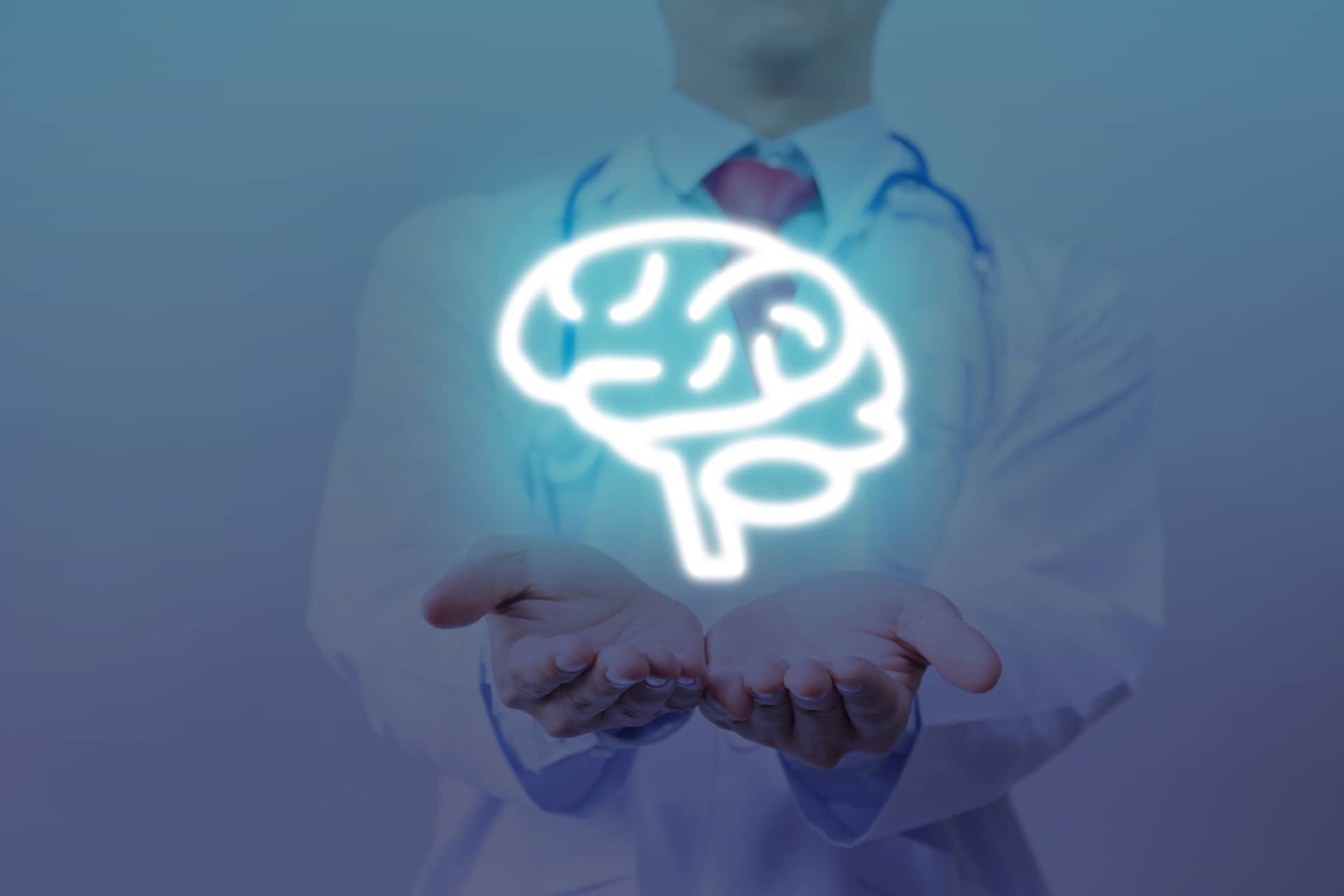
- Depression
- Anxiety
- Paranoia
- Delusions
- Difficulty sleeping
- Memory changes
- Visual hallucinations and trouble interpreting visual information
Biomarkers of Parkinson’s Disease Dementia
A three-year study published in May, 2017 followed 423 newly diagnosed Parkinson’s disease patients.1 The researchers used methods ranging from MRI scans to testing cerebrospinal fluid to discover four distinct biomarkers of cognitive decline in Parkinson’s.- A decrease in brain volume across all four brain lobes
- The frontal lobe controls cognitive skills like memory, language and judgment
- The temporal lobe controls hearing and speech
- The parietal lobe regulates spatial sense and navigation
- The occipital lobe governs vision
- Pathological levels of beta-amyloid plaques, like those found in Alzheimer’s disease
- Dopamine deficiency
- Brain fog and inability to concentrate or finish tasks
- Depression
- Mood swings
- Fatigue
- Sensitivity to stress
- Some genetic variations
Protect Yourself from Parkinson’s Disease
Because Parkinson’s begins with low and falling dopamine, keeping levels of this important neurotransmitter high is essential. The amino acid L-tyrosine is a building block of dopamine. You can find it in a quality supplement. Foods that help boost dopamine in the brain include:- Raw cacao or dark chocolate
- Seaweed
- Wheat germ
- Mustard greens
- Nuts and seeds
- Eggs
- Salmon
- Meat, including game like quail, buffalo and moose
- Multiple modality biomarker prediction of cognitive impairment in prospectively followed de novo Parkinson disease.
- Cerebral atrophy in Parkinson's disease with and without dementia: A comparison with Alzheimer's disease, dementia with Lewy bodies and controls.
- Examining the mechanisms that link β-amyloid and α-synuclein pathologies.
